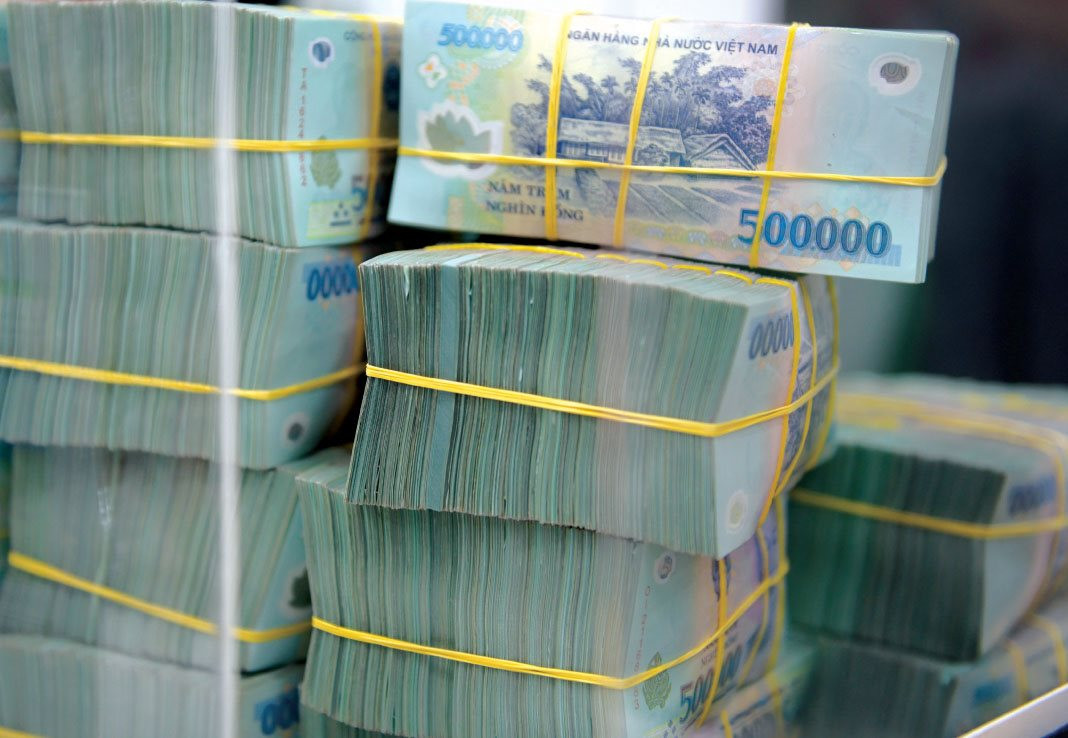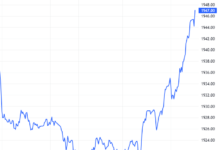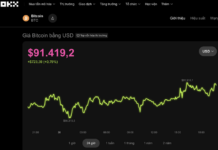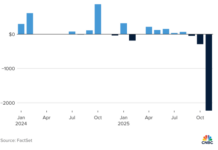
Interbank interest rates sharply decreased in the last week of February.
In contrast to the same period last year, interbank interest rates in February 2024 increased significantly but are showing signs of cooling off towards the end of the month.
In the last week of the month, from February 26th to March 1st, the VND interbank interest rates sharply decreased in all terms from 1 month downwards. The latest data from the State Bank of Vietnam (SBV) shows that as of March 1st, the average VND interbank interest rate for overnight term (the main term, accounting for about 90 – 95% of transaction value) dropped to 1.47% per annum, a significant decrease of 2.16 percentage points compared to the previous week.
Alongside the overnight term, interest rates in the other two key terms also decreased. Specifically, the 1-week term dropped to 1.63% per annum (equivalent to a 1.94 percentage point decrease), the 2-week term decreased to 1.86% per annum (a decrease of 1.49 percentage points), and the 1-month term decreased to 2.44% per annum (a decrease of 0.3 percentage points).
Parallel to the interbank market’s movements, the system operator withdrew money from the system when VND 6,037.51 billion expired on the Open Market Operation (OMO) channel, while no member had a demand for new loans. As a result, there is currently no circulating volume on this channel.
The sharp increase in interbank interest rates in the first half of February indicates a shortage of liquidity at some banks before and after the Lunar New Year holiday. However, this is not a cause for concern, and as mentioned earlier, the system liquidity is gradually returning to normal.
Regarding system liquidity, at the regular Government press conference in February 2024, Deputy Governor of the SBV Pham Thanh Ha stated that in the first two months of 2024, although liquidity was abundant, credit growth was slower compared to the same period in previous years.
The SBV’s leaders said that the general reason is the seasonal factor. Specifically, under normal circumstances, in the fourth quarter, economic activities will be more active, leading to more active lending activities. In the last month of 2023, credit growth was very strong at about 4%. In January 2024 and February 2024, which are the Lunar New Year months, lending activities will decrease, and loan activities will not grow as much as in the fourth quarter of the previous year.
In addition, this year there is another factor that the global economy has not really recovered, and our key markets have not developed strongly, affecting output factors and exports, while the domestic market is still difficult, leading to a decrease in credit demand.
The Deputy Governor said that many solutions have been implemented to promote credit growth for credit institutions, such as issuing documents directing credit institutions to concentrate on enhancing credit growth solutions, strengthening review, simplifying loan procedures to increase customers’ access to capital, focusing on enhancing digital transformation applied to credit processes to increase customers’ access to capital, and expanding the scope of banking credit activities.


































